Exit Your Business on Your Terms With Maximum Value and a Trusted Plan
For business owners planning to exit within 1 to 5 years who need a partner to guide and manage a successful transition.
Understanding the Business Exit Planning Process
Business exit planning is a step-by-step process that prepares a business owner to successfully transition out of their company—financially, operationally, and personally. It involves aligning the owner’s personal goals with a plan that maximizes business value, ensures tax efficiency, and establishes a path for ownership transfer or liquidity.

Exit planning is critical for founders, co-owners, and family business leaders who are considering stepping away within the next 1 to 5 years. Whether you're selling to a third party, passing the business to a successor, or planning for retirement, the process must address financial and legal complexities.
Failing to plan can result in serious consequences:
- Businesses may sell for far less than they’re worth.
- Unplanned tax liabilities can significantly reduce your financial return.
- Family disagreements and internal disruption can damage the legacy you’ve built.
A proactive exit strategy protects your life's work, minimizes surprises, and puts you in control of how and when you transition.
Our Proven Business Exit Planning Process
Successfully exiting your business requires a clear, coordinated plan that aligns your business transition with your personal financial goals. Here’s how our process works step-by-step.
STEP ONE
Identify Personal and Financial Goals
We begin by understanding what you want your life to look like after the transition. We gather detailed financial information such as assets, liabilities, income, and expenses. Then we model various economic scenarios to calculate your probability of long-term success. No investment decisions are made until your personal and financial goals are clearly defined.
STEP TWO
Clarify Investment Objectives
We work with you to define clear investment objectives that align with your desired lifestyle post-exit. We will distinguish between your actual risk capacity and your emotional comfort with risk. Your investment goals are then aligned with your projected retirement timeline and expected liquidity from the business transition.
STEP THREE
Create an Investment Policy Statement (IPS)
We develop a formal Investment Policy Statement (IPS) that outlines how your assets will be managed to meet your exit objectives. It includes target allocations across equities, fixed income, and other asset classes, and ensures strategic alignment from start to finish.
STEP FOUR
Execute the Exit Strategy
With the IPS in place, we implement your investment plan. We manage asset allocations, consider legacy holdings to avoid unnecessary tax impact, and continually evaluate opportunities to balance risk and reward as you move toward your exit timeline.
STEP FIVE
Ongoing Strategy Reviews and Adjustments
We schedule ongoing strategy meetings to review performance, adjust your plan, and keep all decisions aligned with your goals. As your life or business changes, we adapt your plan accordingly, ensuring your exit stays on course and stress-free.
Succession Planning vs Exit Planning
Though closely related, succession planning and exit planning focus on different aspects of a business transition, and understanding both is essential to protecting the continuity and value of your company.
Succession Planning
Succession planning is about identifying who will take over the leadership and day-to-day operations of your business. It involves selecting a successor, whether that’s a family member, business partner, or an employee, and equipping them with the training and knowledge needed to lead effectively. This process often includes a structured leadership development plan, performance benchmarks, and a timeline for transition. Succession planning ensures that your company’s mission, culture, and client relationships continue seamlessly after your departure.
Exit Planning
Exit planning focuses on the financial, legal, and operational strategy behind your transition out of the business. This includes preparing your company for sale or transfer, optimizing valuation, minimizing tax liability, and aligning your personal financial goals with the exit. Whether you plan to sell to an outside buyer or transfer ownership internally, exit planning ensures you extract maximum value, maintain legal compliance, and secure the financial foundation for your next chapter. It answers the “how” and “when” of your departure, not just “who” will replace you
3 Most Common Exit Strategies
(And Choosing the Right One)
Deciding how to exit your business is about understanding the financial, operational, and emotional impact of each path. At Boyce & Associates, we help you evaluate your options based on clear criteria: value, timeline, legacy, and financial outcomes. Here's how the three most common strategies compare:
Pros
cons
Sell to a Third Party
You sell your business to an outside buyer such as a competitor, investor, or private equity group.
- You can often secure the highest sale price if your business is well-prepared.
- You receive a lump sum or structured payout that creates immediate liquidity.
- You can step away from the business entirely, usually after a transition period.
- The sales process is complex and requires financial audits, legal reviews, and buyer due diligence.
- Your team and company culture may change under new ownership.
- The sale may fall through if the business isn’t financially strong or market-ready.
Transfer to Family or Key Employees
You hand off ownership to someone you know, a family member, business partner, or long-time employee.
- You preserve the company’s culture, team relationships, and long-standing client trust.
- You can stay involved during the transition and provide mentorship.
- You keep the business in the hands of someone who already understands how it works.
- Successors may not be fully ready to lead, which can create operational challenges.
- These transfers usually involve gradual payments over time, not a lump sum.
- Family dynamics or emotional ties can complicate clear decision-making.
Close or Liquidate the Business
You shut down operations, sell equipment or assets, and close the business permanently.
- You can exit quickly if there is no buyer or successor.
- You retain control over how remaining assets are distributed.
- You likely receive far less value than selling the business as a whole.
- Employees lose their jobs, and client relationships are not preserved.
- You may still face legal or tax obligations during the wind-down process.
Sell to a Third Party
You sell your business to an outside buyer such as a competitor, investor, or private equity group.
PROS
- You can often secure the highest sale price if your business is well-prepared.
- You receive a lump sum or structured payout that creates immediate liquidity.
- You can step away from the business entirely, usually after a transition period.
CONS
- The sales process is complex and requires financial audits, legal reviews, and buyer due diligence.
- Your team and company culture may change under new ownership.
- The sale may fall through if the business isn’t financially strong or market-ready.
Transfer to Family or Key Employees
You hand off ownership to someone you know, a family member, business partner, or long-time employee.
Close or Liquidate the Business
You shut down operations, sell equipment or assets, and close the business permanently.
PROS
- You preserve the company’s culture, team relationships, and long-standing client trust.
- You can stay involved during the transition and provide mentorship.
- You keep the business in the hands of someone who already understands how it works.
PROS
- You can exit quickly if there is no buyer or successor.
- You retain control over how remaining assets are distributed.
CONS
- Successors may not be fully ready to lead, which can create operational challenges.
- These transfers usually involve gradual payments over time, not a lump sum.
- Family dynamics or emotional ties can complicate clear decision-making.
CONS
- You likely receive far less value than selling the business as a whole.
- Employees lose their jobs, and client relationships are not preserved.
- You may still face legal or tax obligations during the wind-down process.
Your Next Chapter Starts With a Solid Plan
You’ve spent years building your business, don’t leave your exit to chance. Whether you're 1 year or 5 years away from transitioning out, now is the time to put a strategic plan in place. At Boyce & Associates, we help you take control of the process with financial clarity, tax-smart structuring, and a roadmap built around your goals.
Let’s talk about where you are today, and where you want to be tomorrow.
Tax/Legal Disclosure
Boyce & Associates Wealth Consulting does not offer legal or tax advice. Please consult the appropriate professional regarding your individual circumstance.
